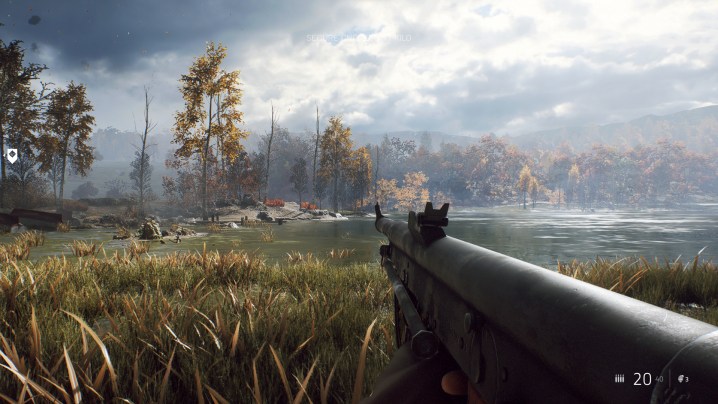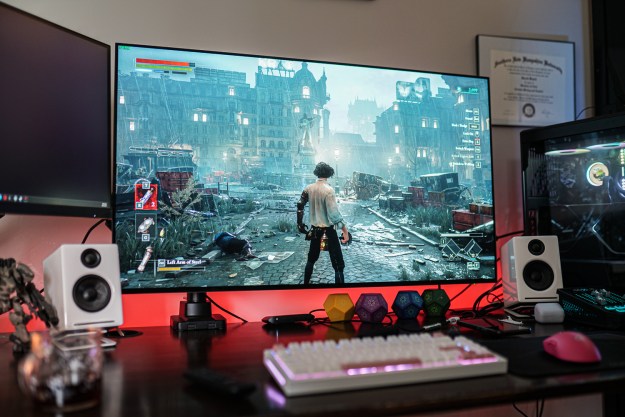
Nvidia is expanding its range of ray-tracing-capable graphics cards in an upcoming Game Ready Driver update. It will add support for the visual feature to a number of GPUs from its Pascal GTX-10 series generation, as well as the recently unveiled GTX 16-series cards. Although they won’t be as good at it as the RTX 2000-series, the most powerful of them should still be able to adopt some of the fancy lighting features which were previously limited to Nvidia’s high-end Turing GPUs.
Ray tracing is beautiful to behold when it’s done right, but in our experience it’s been something of a mixed bag. Performance takes a huge hit with ray tracing enabled, and even with deep learning super sampling helping to alleviate that, the end result can sometimes look and perform worse than if both technologies were disabled. While improvements have been made with game optimizations and driver releases, we have to wonder how well non-RTX cards will be able to handle the intensive technology.
Nvidia at least appears confident it will do so with ease — even if it has taken this opportunity to highlight how much more capable its RTX graphics cards are. In its announcement, Nvidia detailed that all Pascal GPUs from the GTX 1060 6GB up would receive ray tracing support. That will include the GTX 1070, 1080, 1080 Ti, Titan XP, and Titan X. The recently released GTX 1660 Ti and 1660 will also be upgraded to support
None of these cards will be as capable as the RTX Turing graphics cards with ray tracing enabled, as Nvidia itself highlighted. In its selection of demonstrative games, Nvidia showed a 1.6 to three times performance difference between the GTX 1080 Ti and the RTX 2080 in games with
While adding ray tracing support to GTX graphics cards is a nice bonus for those who already own such cards, this may be more of an effort to bring developers on board with implementing
Nvidia is also making other efforts to encourage ray tracing adoption in games, with ZDNet highlighting how the company is working with Epic Games and Unity technologies to help them implement
The Nvidia Game Ready driver that enables ray tracing in 10-series cards is expected to be released in April.
Editors' Recommendations
- Ray tracing vs. path tracing — which is the best dynamic lighting technique?
- Intel Battlemage graphics cards: release date speculation, price, specs, and more
- New Nvidia update suggests DLSS 4.0 is closer than we thought
- How 8GB VRAM GPUs could be made viable again
- Nvidia is bringing ray tracing and DLSS 3 to your car





